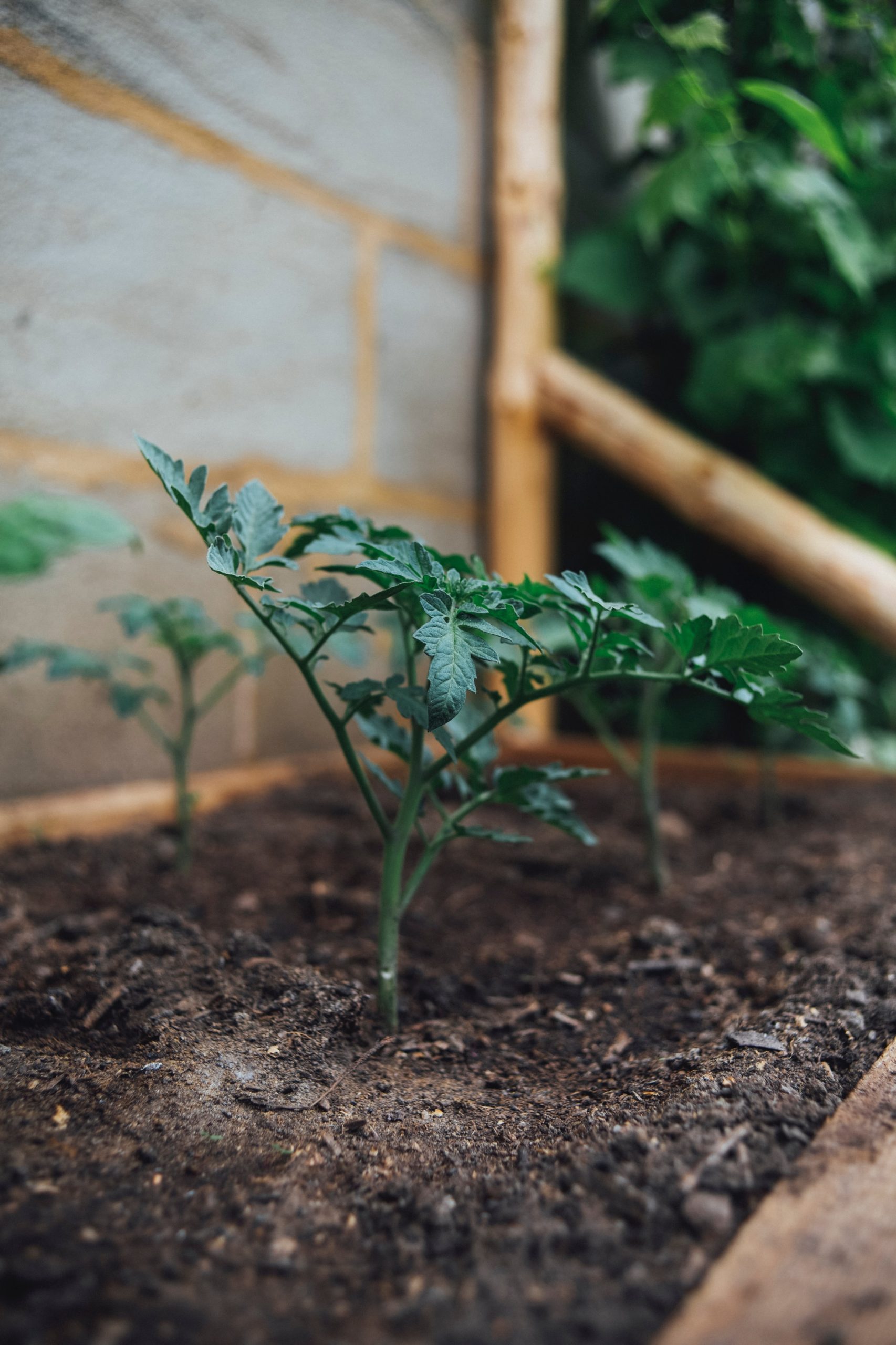As the globe increasingly shifts its focus towards sustainable efforts and renewable technology, it’s important to recognize the many ways through which manufacturers can implement environmentally friendly options into their production assembly. One of these ways involves the utilization of sustainable dispensing materials. There are several materials coming to market that provide a biodegradable and compostable method of bonding, sealing, lubricating, and more. GP Reeves effectively dispenses these progressive materials with our advanced dispensing systems, and we can’t wait to see how they’ll help the industry become more eco-friendly!

What are Sustainable Materials?
Sustainable dispensing materials enable the adoption of ecologically friendly tactics into numerous stages of the production process. These materials can be used to adhere, bond, seal, and lubricate numerous types of surfaces, but because they are environmentally friendly, they allow for easier future decomposition, can limit CO2 production, and can foster a more sustainable warehouse environment. Some types of sustainable materials include:
Recyclable Materials
These types of sustainable materials can be melted down for re-use without creating any residue, debris, or overall waste. As long as there is a second use for this material, it is extremely beneficial and cost effective. Some applications that benefit from recyclable materials include glass bonding, sealing for the automotive industry, and plenty of furniture applications.
Compostable Materials
Compostable materials can break down in a manner that allows it to decompose over time and become similar to fresh soil. These materials might not be beneficial to all applications, especially if they’d be exposed to external conditions that could advance the decomposition process. However, for temporary end-use products, especially in the consumer products sector, these materials make a great ecologically beneficial option.
Repulpable Materials
Think about paper production – when paper is recycled, it goes through a water production process that allows it to be recycled and create a completely new paper product. Similarly, repulpable materials can be environmentally beneficial because they are water soluble and can fully dissolve when exposed to water. This makes it easier to recycle or reuse product components and impact the earth in an advantageous manner.
Biodegradable Materials
Biodegradable materials are both renewable and organic. These types of materials are broken down by environmental corrosion and natural organisms over time. As this occurs, helpful water and other organic elements are segmented and can benefit the earth. Some examples of applications that would find biodegradable materials advantageous include hygiene products, medical devices, and some packaging components.

Why Environmentally Friendly Options?
By utilizing a sustainable material for production dispensing, manufacturers enable ecological goals and a more environmentally conscious end product. The properties of sustainable materials maintain the same dependability provided by traditional materials, while also being better for the environment. Biodegradable adhesives are becoming increasingly popular as an eco-friendly material alternative especially in the automotive and medical industries. These materials also allow for more customizability for the manufacturing process. Since they’re manufactured a certain way, the ratio of polymers and CO2 that make up biodegradable materials can be changed according to application desires. By adjusting these ratios, manufacturers make materials and their adhesion capabilities weaker, stronger, or more resistant to certain conditions. They can also be catered towards the needs of certain materials, such as wood, glass, and even wet surfaces.
Advantages of Sustainable Materials
Sustainable materials will lead the globe towards lower CO2 emissions. These materials are considered carbon-neutral since their plant-derived organic materials absorb as much CO2 during grow as they release in the products lifetime. This sufficiently decreases the earth’s overall CO2 production since there is less CO2 created than there would be with petroleum-based materials. The implementation of sustainable materials into manufacturing processes creates a smaller demand for fossil fuels, which comprise many traditional adhesives, sealants, and lubricants. Because the demand of fossil fuels would transition to a demand for renewable materials, fossil fuel and petroleum supply would no longer be as high of a concern, and a greater proportion of the earth’s manufacturing cycle would consist of green-focused endeavors. Lastly, a lot of sustainable materials can return to the earth through biodegradability. The biomass content of sustainable materials is becoming a lot larger than had been previously achieved, meaning more of the material is susceptible to proper microbial degradation of the material’s base substrate. Overall, there are numerous advantages for both the earth and the manufacturing industry from the utilization of sustainable materials.
Sustainable Dispensing Materials and GP Reeves
GP Reeves has been successfully dispensing a variety of materials for over 50 years. Since our inception in 1971, we’ve been innovating equipment to accommodate new materials and the machinery that leads to their proper maintenance. For sustainable materials, we’ve developed a wide range of products that can benefit their proper delivery to an immense array of surface applications. We also have an ability to customize equipment to properly manage even the most unique and complex of sustainable materials. For a free consultation about your sustainable material dispensing, get in touch with one of our experts today!
Want to learn more about the sustainable efforts of GP Reeves?
Visit our resource article on the trends of the energy & renewables industry!
Need help electrifying your products?
Fill out the form below and we’ll follow up with you!
